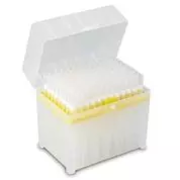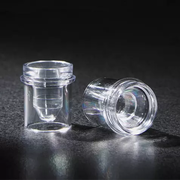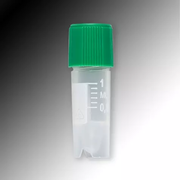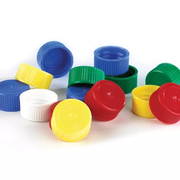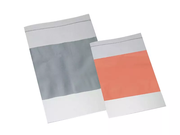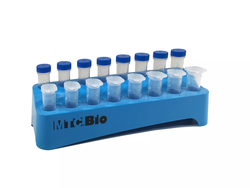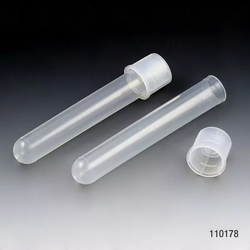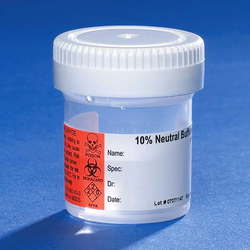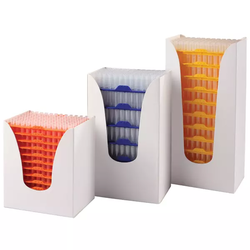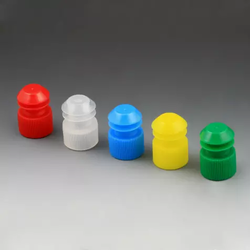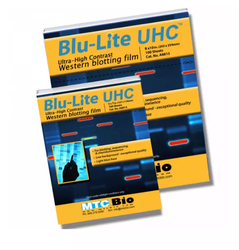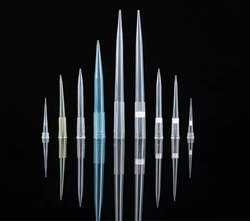Lab Supplies
Precise and controlled research, tests, and experiments are impossible without all the right lab supplies. Culture and test tubes are necessary for transporting, heating, storing, and mixing chemicals — as are the stoppers and caps used to contain their contents. Having the right-size tubes that can easily fit into other lab equipment and storage racks is important.
There are other laboratory consumables that are required for research on a daily basis — like sampling bags for liquids and solids used in laboratory tests. These bags are manufactured with polyethylene plastic to minimize the risk of punctures and tears — and they can quickly be sealed to prevent contamination and leaks.
Here at Next Day Science, we provide all the lab supplies necessary for the proper and efficient functioning of your laboratory, and the successful completion of all associated tasks.
Featured Products
Lab Supplies Questions & Answers
How should I store autoradiography film?
If you want to get reproducible, high-quality results — it’s vital to handle and store autoradiography film with extreme care. Unopened film packages must be kept in areas that are adequately shielded from any penetrating radiation. When it comes to temperatures, anything above 50 degrees Fahrenheit (10 degrees C) and below 70 degrees Fahrenheit (20 degrees C) is considered safe — as long as the relative humidity is between 30 and 50 percent.
Also, make sure film packages are stored in an upright position; definitely avoid stacking them on top of each other. Otherwise, the pressure and weight of the film sheets could result in friction, buckling, and creasing — ultimately lessening your results.
How should I handle autoradiography film safely?
It’s important not to draw your film out of its box too quickly, or handle it in any way that could build up static discharge. After exposure, carefully remove your film to avoid any static artifacts that end up reducing the quality of exposed autoradiographs.
What are proper safelighting procedures?
In the process of obtaining decent autoradiographs, it’s essential to secure your darkroom from any light that could penetrate through the windows, ceilings, walls, or doorway edges. However, you still need a safelight that will provide just the right level of illumination without damaging the film through unwanted exposure. Ensure that you’re using the correct filter, bulb wattage, and lamp for your autoradiography film. Also, the distance between your photographic material and the safelight is important as well.
Bear in mind that, given enough time and exposure to a safelight, all sensitized materials eventually become fogged. So, always try to minimize exposure to safelight illumination. Generally, it’s advisable to position your safelight at a minimum distance of four feet from your autoradiography film.
Can unused wells on PCR plates be used for a new reaction?
If you use a larger PCR plate with a lot of wells, it’s possible to use half of its wells for the first reaction and the second half of unused wells for another. Just make sure to mark the wells you’re not using for the first reaction to ensure there’s no confusion down the line. Also, there’s always the option of cutting your unused wells — though you’d need some adhesive film for sealing, as well as a heat pad to place between the PCR lid and your plate.
What kind of equipment do PCR plates fit?
Most PCR plates work with qPCR (real-time PCR) machines, DNA detection and sequencing instruments, and leading thermal cyclers.
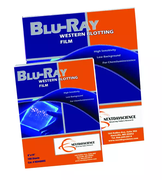
.webp)

